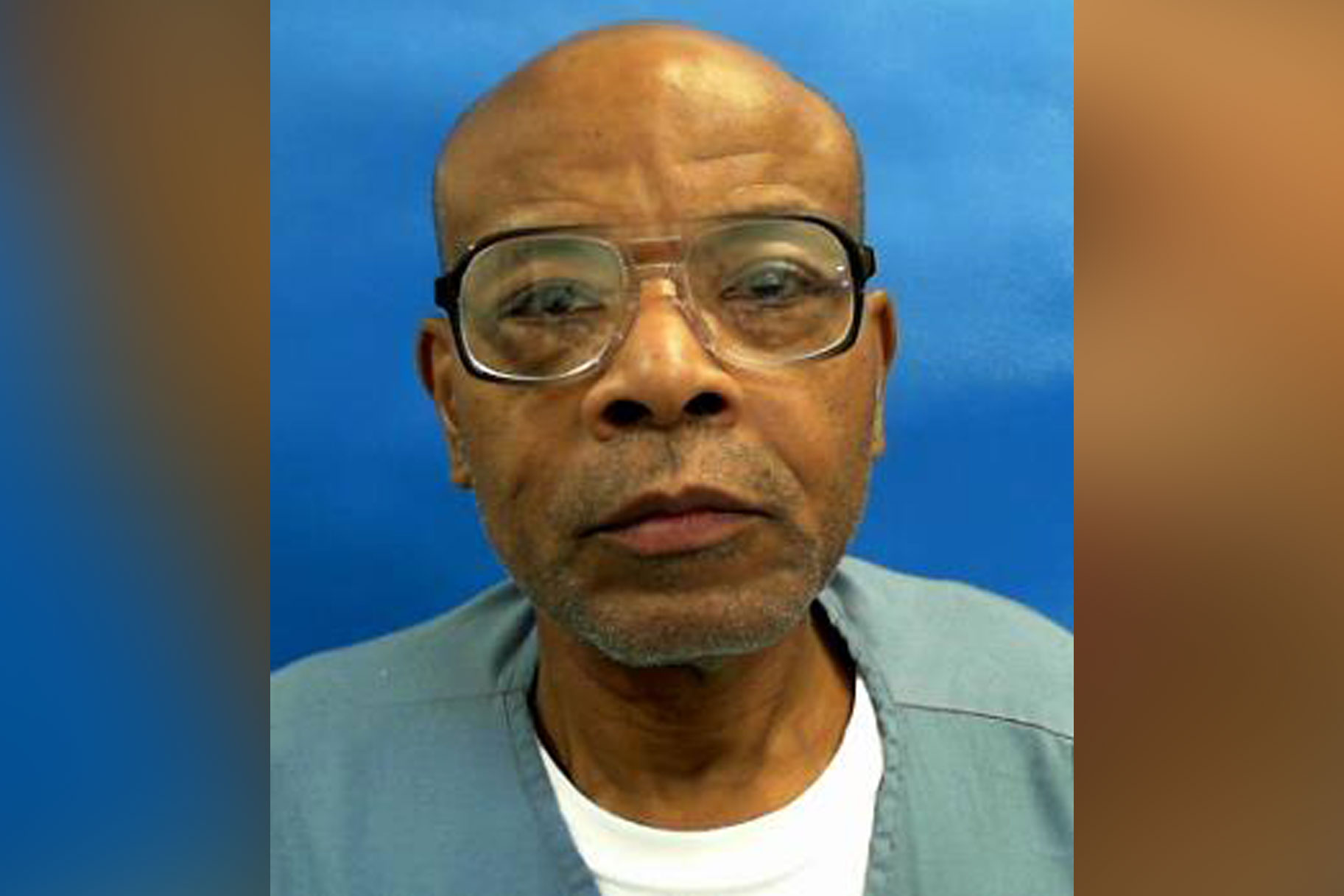Create a free profile to get unlimited access to exclusive videos, breaking news, sweepstakes, and more!
Martial Law Is Preventing An Ex-Soldier Serving Life In Prison For A Teen Boy's 1982 Murder From DNA Testing
Clifford Hubbard is serving a life sentence for the murder and attempted rape of an Army officer's adopted son on a military base.

A former soldier has been denied DNA testing this week that petitioners say could exonerate him from a conviction in the nearly 40-year-old murder of a child.
The 9th US Circuit Court of Appeals has upheld a lower court ruling that denied 60-year-old Clifford Hubbard the same rights as civilian inmates, according to court records. Citing the Innocence Protection Act of 1994, a panel ruled that they lacked jurisdiction, as these were not the same courts that originally convicted Hubbard in the 1982 murder of 14-year-old Derek Kusumoto.
Instead, Hubbard’s conviction was handed down by a court-martial “which has since dissolved,” according to the court records.
“The panel held that the [Innocence Protection Act], unlike the federal habeas statutes, does not provide a procedural mechanism for prisoners convicted by courts-martial to seek collateral relief in federal court,” the record states.
Now, petitioners including the U.S. Attorney’s Office and the Hawaii Innocence Project are urging Congress to amend the Innocence Protection Act to provide service members who’d been convicted by courts-martial the same post-conviction rights as other civilians.
The Hawaii Innocence Project has been fighting for Hubbard’s innocence and filed a motion in 2019 to examine DNA evidence found at the 1982 crime scene, including a bite mark and a sock.
“It’s one of our oldest cases,” Kenneth Lawson, co-director of the Hawaii Innocence Project, told Oxygen.com. “You can’t help but to feel for the guy.”
Hubbard was convicted in 1982 for the attempted rape and suffocation murder of Kusumoto, the adopted son of a high-ranking Army officer, according to the Associated Press. Kusumoto’s bruised and partially nude body was discovered at Schofield Barracks, a military base near Honolulu.
“His body was found near an old World War II bunker they had on Schofield Base,” Lawson said, “A lot of the soldiers would go… down some stairs into this bunker, where a lot of them would go out there and smoke some weed, stuff like that.”
The Hawaii Innocence Project claims that DNA testing not yet available in 1982 could prove Hubbard’s innocence and free him from a life sentence.
“At trial, the prosecution presented no direct physical evidence of Hubbard’s involvement in the victim’s death,” as the Court of Appeals stated. “Rather, the prosecution primarily relied on statements from a witness who had also been a suspect and who absconded before trial.”
U.S. Army Specialist Thomas Spindle, who discovered Kusumoto’s body, provided army investigators with three witnesses he said could attest to his alibi, including Hubbard, according to the Hawaii Innocence Project.
Spindle was also charged with the murder and handed a life sentence of hard labor, according to army records.
One of the three witnesses provided by Spindle was soldier Joseph Courtney, who admitted to being at the crime scene, according to the Innocence Project.
Lawson told Oxygen.com that Courtney gave investigators 6-7 different interviews, a report by the Army Times noted.
In one of these accounts, Courtney implicated Hubbard.
“What the police did to try and connect them [Hubbard and Spindle] was they claimed they found a hair that belonged to Hubbard in Spindle’s laundry basket in the barracks,” Lawson told Oxygen.com. “And that’s just some bull s***. It was some bull s***.”
Lawson said the hair finding was “junk science” and would no longer be admissible today — a fact supported by the FBI, which said that such testing produced errors in at least 90% of cases.
Physical evidence found at the crime scene included a palm print belonging to Courtney’s friend, Joseph Hanson, according to a statement written by Spindle.
Both Courtney and Hansen went AWOL and never appeared at trial.
“The day before the trial, Courtney and [Hansen] leave the island,” Lawson told Oxygen.com. “The only evidence they had against Hubbard was this piece of hair.”
Courtney, the key witness, was later found dead at an Ohio Prison, according to the Army Times. However, the judge allowed Courtney’s statements into the trial, even though they had changed six times.
“The judge allowed the prosecutor to take the witness stand and read the different versions of Courtney’s story to the jury,” said Lawson. “And they convict Hubbard.”
According to the Hawaii Innocence Project, this denied Hubbard’s constitutional right to face his accuser.
Failing their efforts to allow Hubbard post-conviction rights to a DNA test, Lawson says his next step would be seeking clemency from President Joe Biden.
“The Supreme Court does not take the case on the 9th circuit,” said Lawson. “Then we’re stuck with asking the president for clemency or a pardon.”
Judge Michelle Friedland made a note on the record that the wording in the Innocence Protection Act was not precise; she urged Congress to act.
“The IPA’s text created the bizarre and unjust result that service members convicted by courts-martial are less able to obtain DNA testing than other categories of prisoners, federal or state,” the statement reads. “This disparity is entirely inconsistent with the respect usually given to veterans.
“I urge Congress to remedy this unfairness by amending the IPA to explicitly provide service members convicted by courts-martial the same avenues for post-conviction DNA testing afforded to other prisoners.”
Hubbard is serving his life sentence at the Hardee Correctional Institution in Florida.














